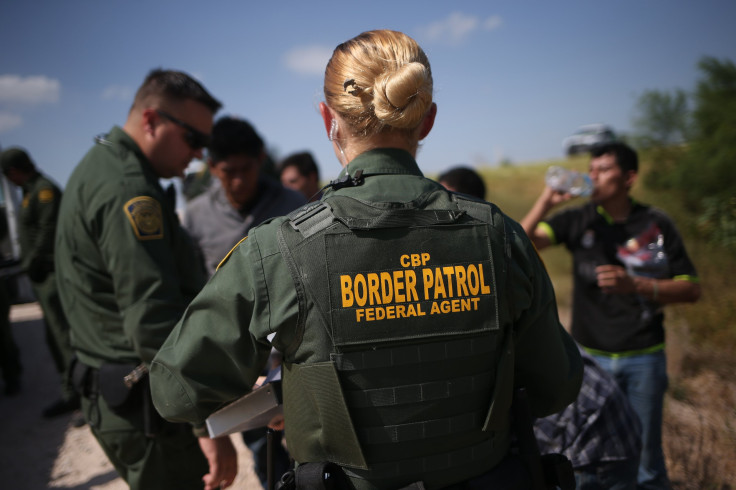Immigration Reform 2015: Cuban Migrants In Texas Arriving At Record Rates Amid Resumption Of Diplomatic Relations With US

Texas is on pace this year to set a new record for the number of Cubans trying to enter the United States through the Lone Star State, with about 60 percent more migrants from the island nation making the trip in 2015 compared to one year before, according to a new report. The resumption of diplomatic relations between the U.S and Cuba is likely the reason why an exponentially higher number of Cubans have attempted to cross the border in Texas, one expert on immigration said.
“We’re seeing a surge that started with the announcement of normalized relations last year, and there is a longer-term trend of people coming to Mexico rather than risking the sea voyage because [Mexico] is a more reliable way to go,” Marc Rosenblum, deputy director of the U.S. Immigration Policy program at the Migration Policy Institute, a think tank based in Washington, D.C., told the Texas Tribune.
An estimated 18,520 Cubans tried to enter the U.S. through Texas from October 2014 to June 2015, according to statistics provided by U.S. Customs and Border Protection, the Tribune reported. The number exceeds that of unaccompanied migrant children from Central America who were taken into custody by U.S. Border Patrol during roughly the same time period.
Data: Cubans flooding across Texas-Mexico border seeking asylum http://t.co/w0ARUhkDVs via @nachoaguilar pic.twitter.com/I89JTRO10g
— KGBT Action 4 News (@kgbt) September 10, 2015
If the rate of Cubans trying to enter the U.S. through Texas keeps up at the current pace, nearly 25,000 Cubans will have arrived on American soil during this fiscal year. For perspective, about 15,600 Cubans sought entry in the U.S. through Texas in 2014, and 12,445 in 2013, the Tribune reported. About 20,000 visas are guaranteed to be issued to Cubans annually, with 40,000 nonimmigrant temporary visas also made available for them, according to a report from Al Jazeera.
However, a spokesperson for U.S. Border Patrol said the thawing of relations between Cuba and the U.S. was actually not the cause of the massive influx.
“Normally, if a Cuban national arriving at a Customs & Border Protection (CBP) port of entry or between ports expresses fear of return to Cuba or their country of last residence, he or she is inspected and may qualify for parole into the U.S.,” Rick Pauza wrote to the Tribune in an email. “CBP Officers and Agents will first verify the individuals’ citizenship, identity and whether they have prior criminal or U.S. immigration history. After one year in the U.S., the Cuban national may be eligible under the Cuban Refugee Adjustment Act of 1966 to apply for lawful permanent residence.”
Texas is not the only place Cubans have been choosing as a point of U.S. entry. Florida has remained a popular location considering the close proximity to the island nation. A group of Cuban migrants was discovered Wednesday by the U.S. Coast Guard near Key Biscayne, Florida. Other U.S. sites that continue to draw Cuban migrants include San Diego and Tuscon, Arizona.
© Copyright IBTimes 2024. All rights reserved.












